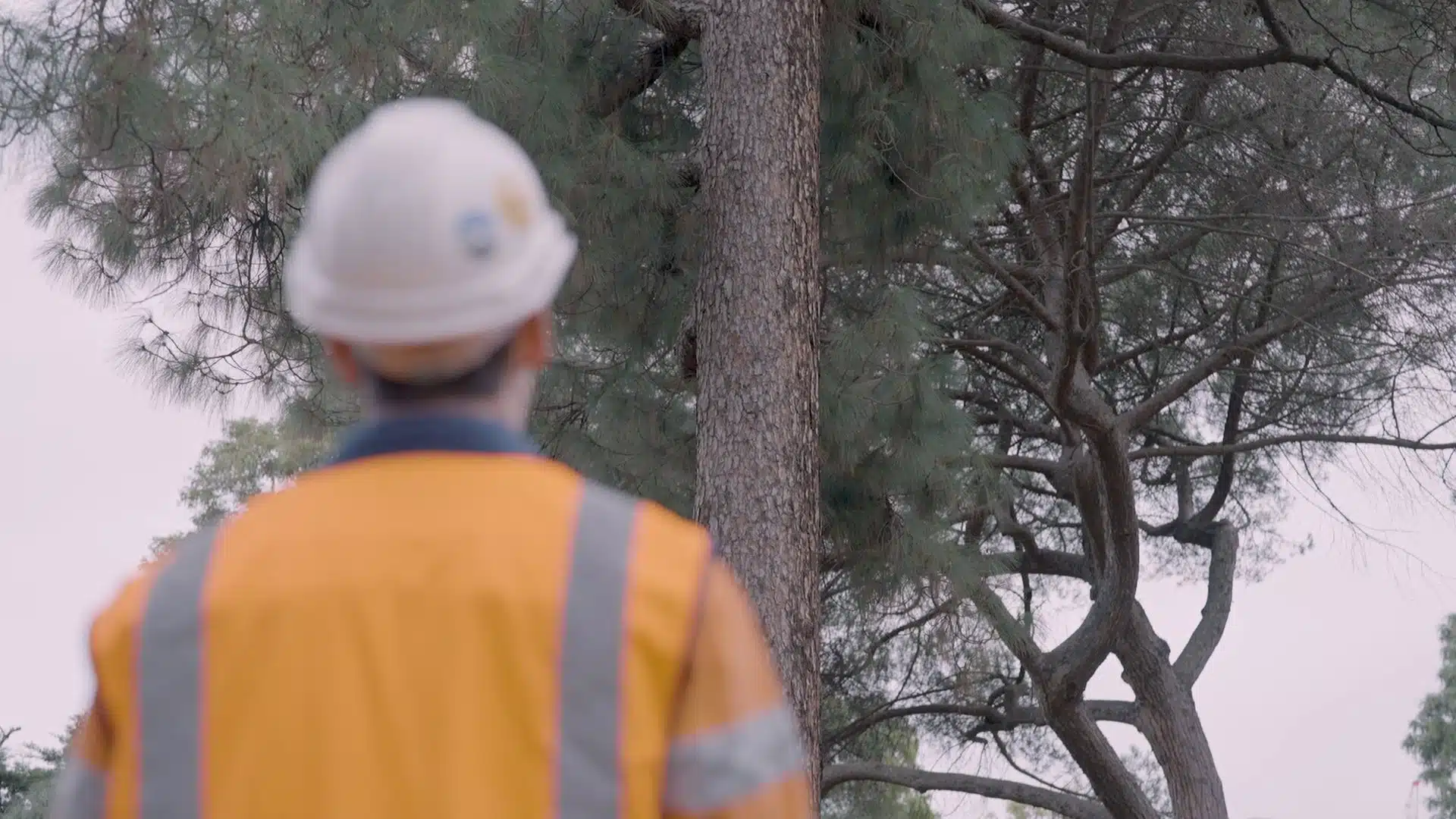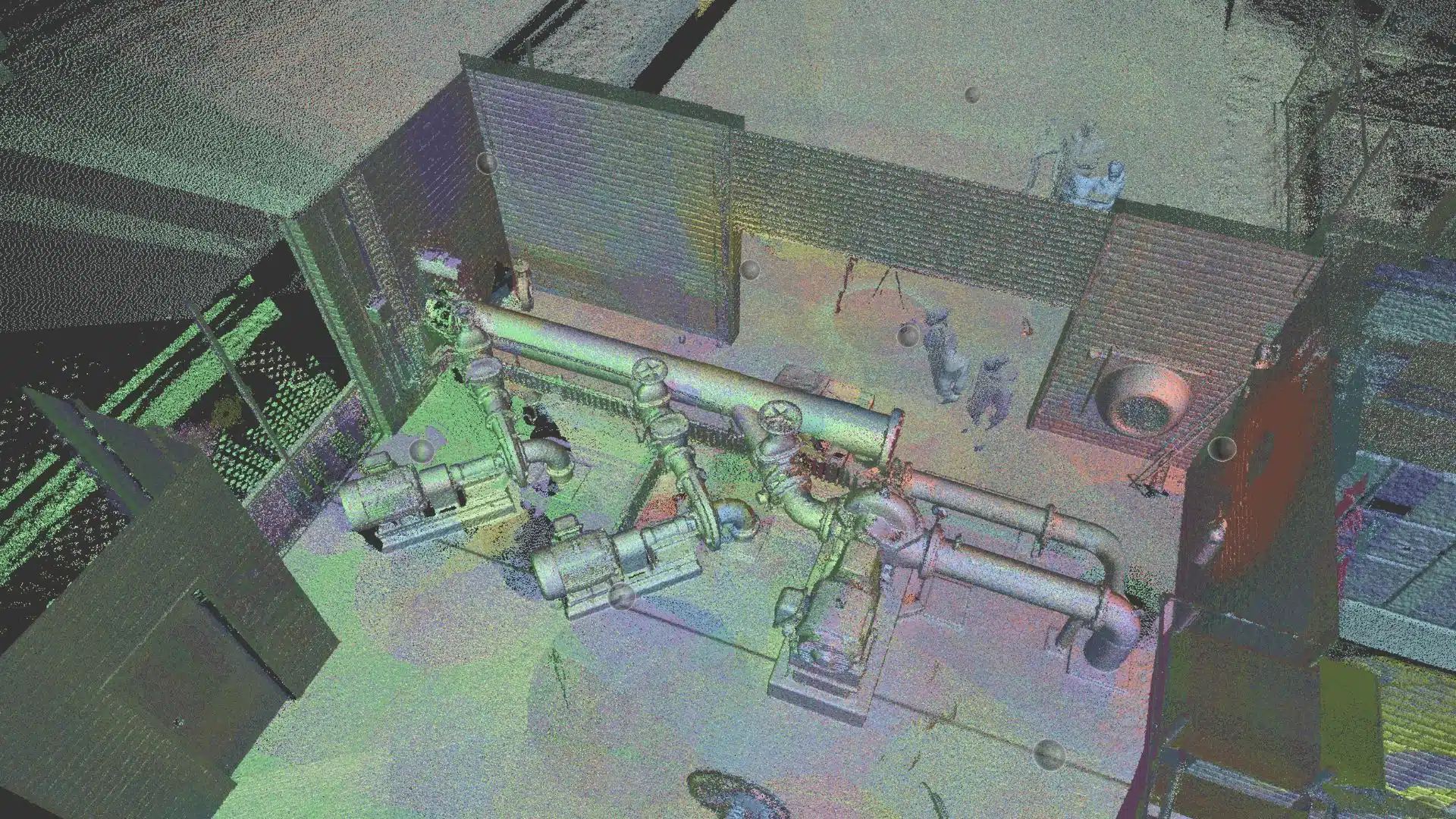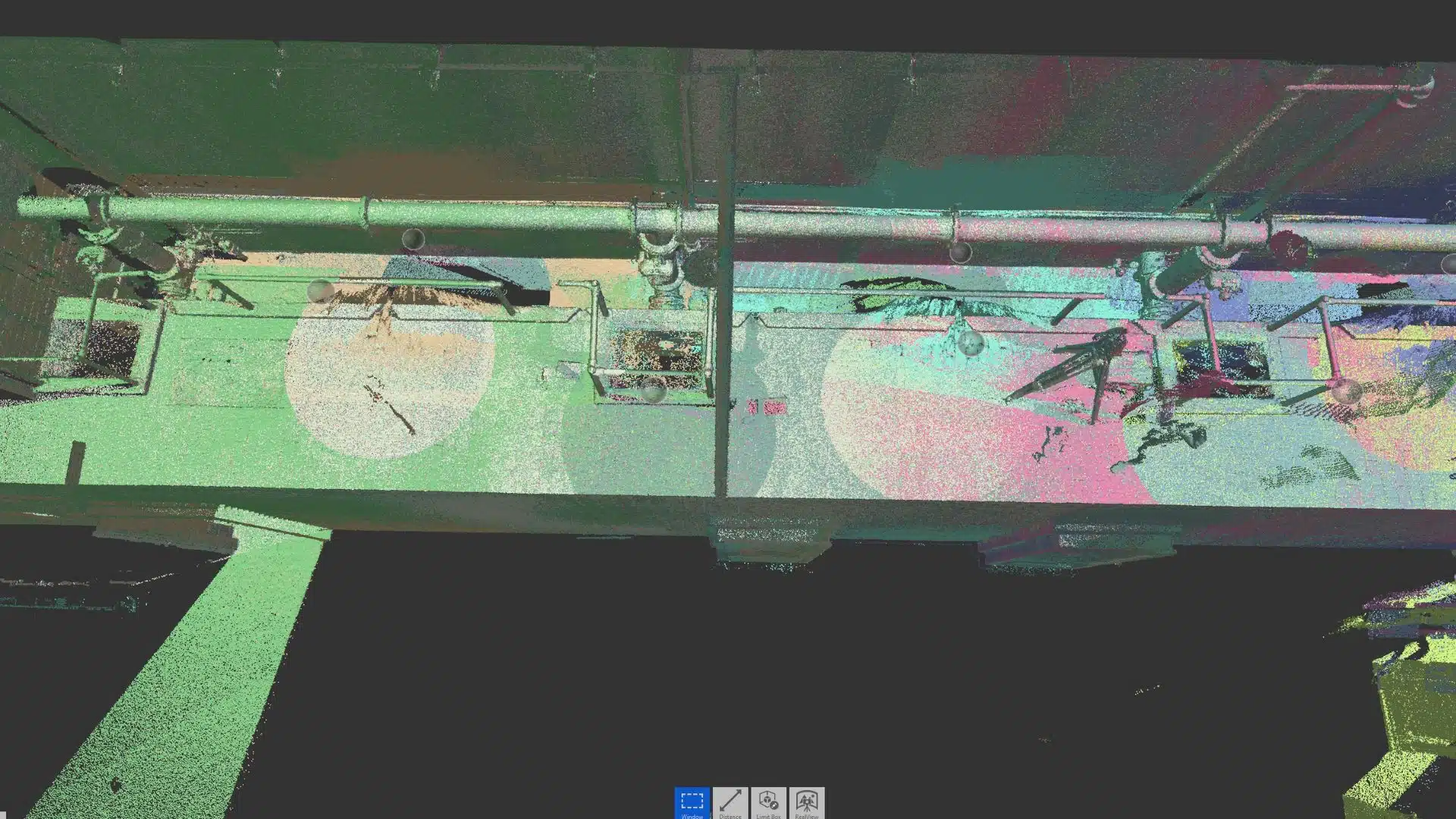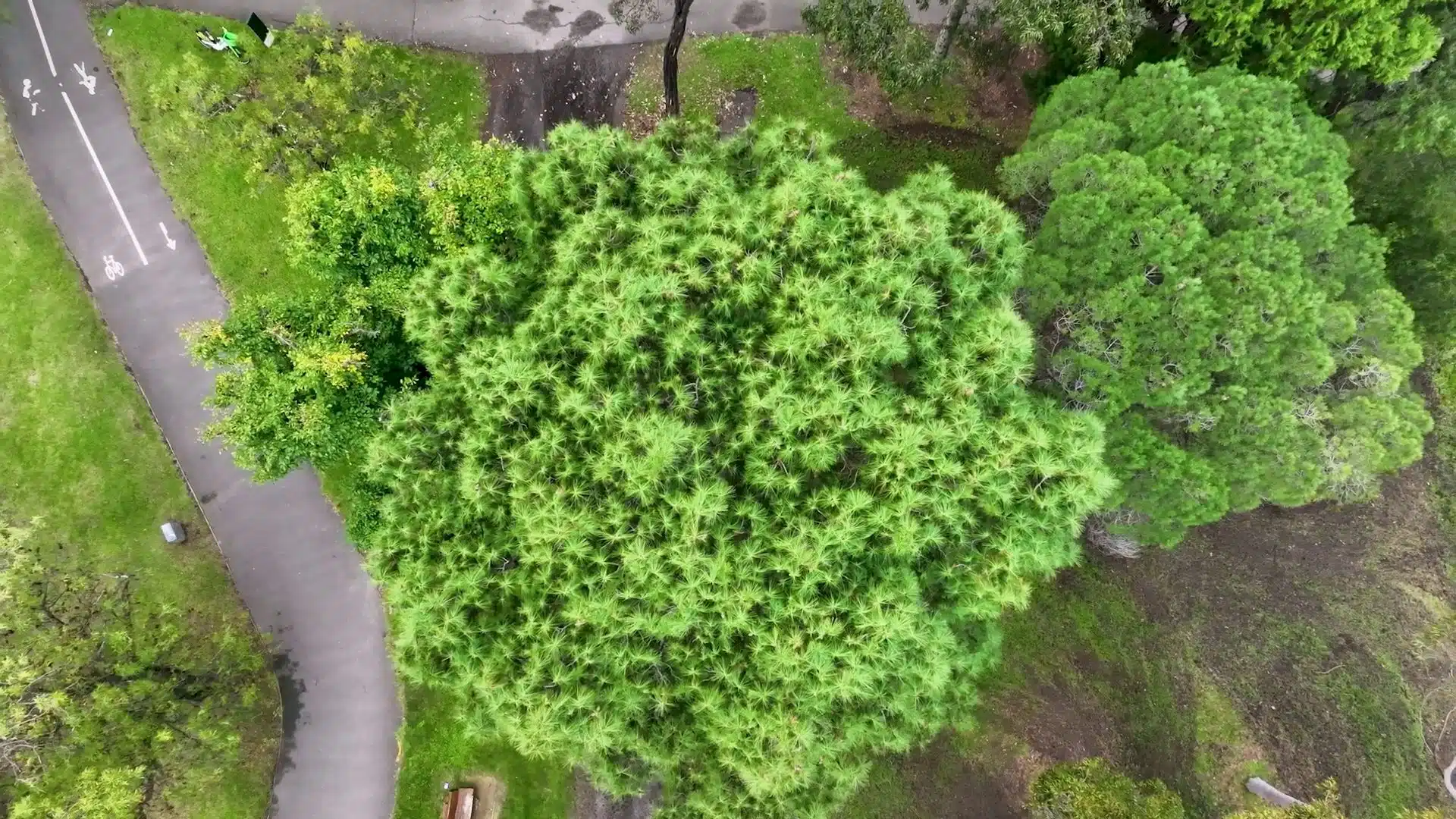
Trees play an important part in our symbiotic balance with nature, and it is all the more critical now as to how we nurture breathing pockets in our urban landscape.
However, this comes with a list of challenges where trees can be hazardous when they break or fall with or without a storm.
To avoid such accidents, tree audits are carried out from time to time by several bodies across various councils in Australia. Tree safety audits are one of the key initiatives for sustainable greenery conservation in our metropolitan areas across Australia.
Table of Contents
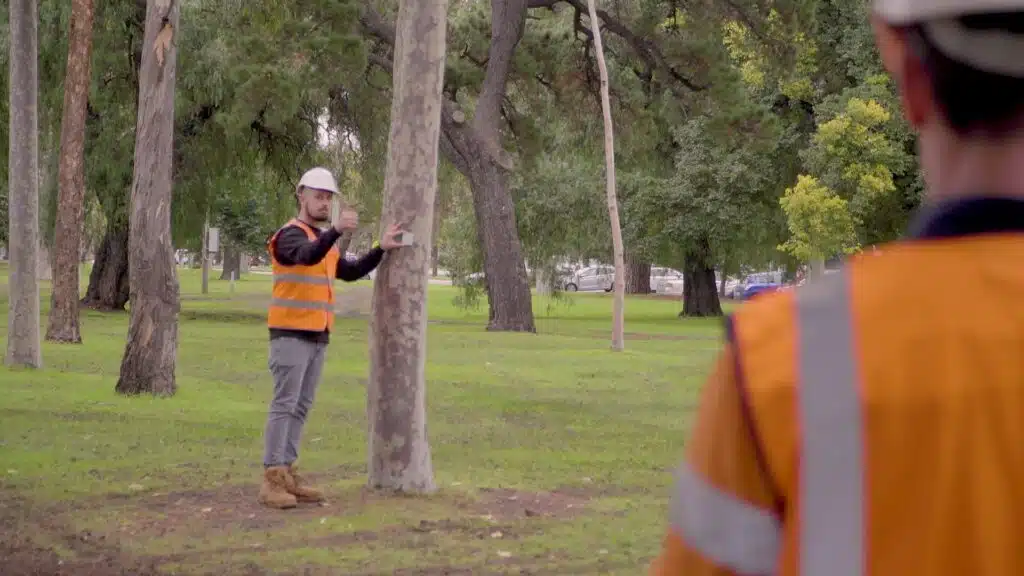
What is a Tree Safety Audit?
The tree safety inspection team assesses trees on a development site using different methods. Trees can get sick and fall without any warning signs. Once assigned, the site inspectors are responsible for the site’s safety. As with most safety inspections, mishaps can still happen due to a lack of knowledge or equipment in use.
The tree safety audit is a safety protocol put in place to save the tree and those around it when it is vulnerable to damage, poses a hazard or can suffer disturbances during construction and development. The tree audit report records important information about a tree (condition, size, location, species) during the audit.
This helps to track and analyse the trees over a longer period. The arborist might justify their decisions while checking the conditions on location and/or audit reports. After the audits, the developer can take steps to reduce the risk of danger or protect trees from damage.
Who carries out a tree safety audit in Australia, and why?
In Australia, tree audits and assessments are typically carried out by various professionals and organisations, depending on the specific purpose and context of the audit. Here are some of the key entities and professionals involved in tree audits:
1. Arborists
2. Local Government Authorities
3. Environmental Consultants
4. Landowners and Property Managers
5. Non-profit Organisations
6. Researchers and Academics
Based on the specific application of the tree audit, frequent tree safety inspections are necessary to protect trees from damage and also to protect those around it from injury.
When it comes to carrying out tree safety inspections, there are specific challenges that stand in the way of executing a successful inspection. These challenges can be weather or site conditions, level of public exposure, or even tree ageing. Taking all scenarios into consideration, the tree assessments are into various methodological aspects.
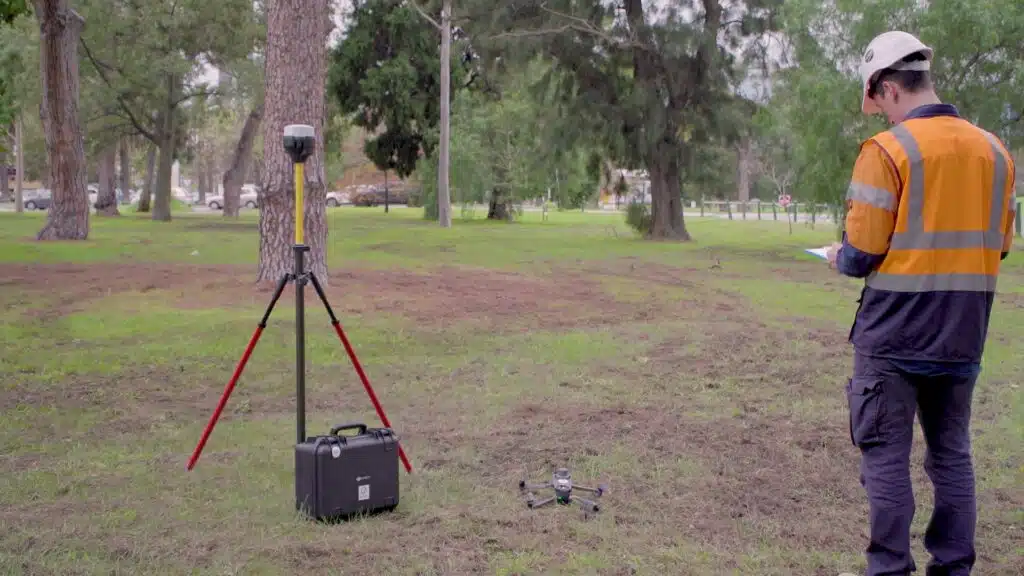
Visual Tree Assessment Techniques
1. Limited Assessment
2. Basic Assessment
3. Advanced Assessment
3D Laser Scanning Techniques for Tree Assessments
The landscape of tree assessments is rapidly evolving, with new technologies like 3D laser scanning reshaping the process. As a prime example, 3D laser technology is increasingly utilised in tree safety assessments, revolutionising how we evaluate and manage tree health.
In today’s dynamic AEC industry, the demand for precise measurement methods to mitigate errors, costs, and repetitive tasks is ever-present. Leveraging cutting-edge technologies such as drones and 3D laser scanners offers unparalleled accuracy and efficiency in tree safety inspections.
With the capability to capture millions of precise measurements, advanced laser scanners offer detailed insights into the intricate tree and root structures of trees. By generating lifelike three-dimensional images of entire root systems, they provide a comprehensive understanding of ecosystem vitality, serving as a foundational resource for further research and analysis.
The quality of surface representation is always enhanced in these methods. Inspectors should look to utilise complimentary technology to simplify tree safety audits.
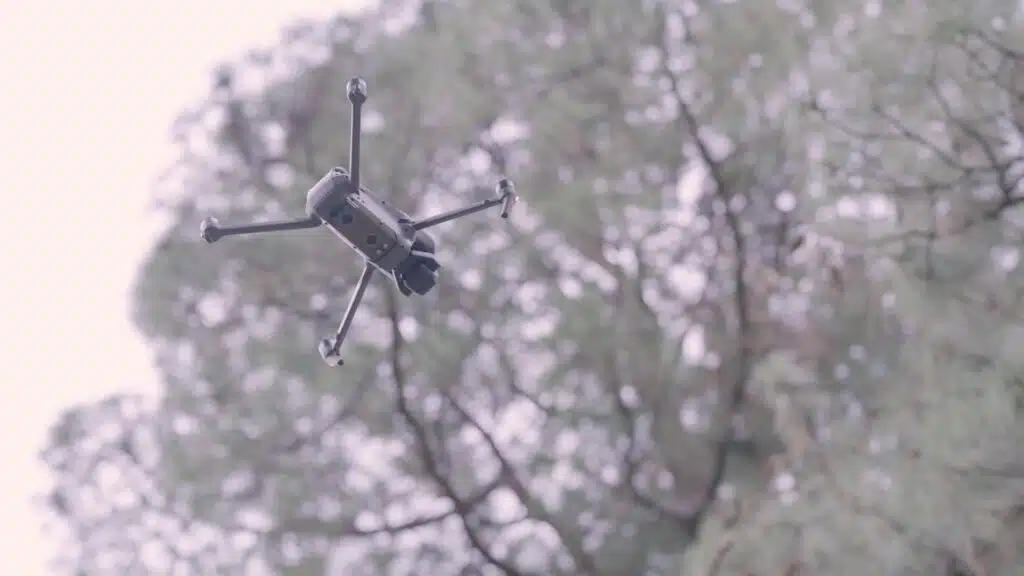
Benefits of 3D Laser Scanning for Tree Assessment
Tree audit professionals are increasingly using laser scanning to compliment their site based work. This technology helps them to be precise and efficient. Some benefits of using laser scanning are:
- Rich in point density with complete capture of information of all surroundings.
- The data collection can be gathered in a faster timeframe with more complete site coverage, thus saving time and effort.
- A digital twin of the site conditions is captured in the form of a point cloud that can be used to measure, assess or mark out the locations of different trees in digital space.
- Larger areas can be captured safely, even in challenging terrains with difficult access or hazardous conditions.
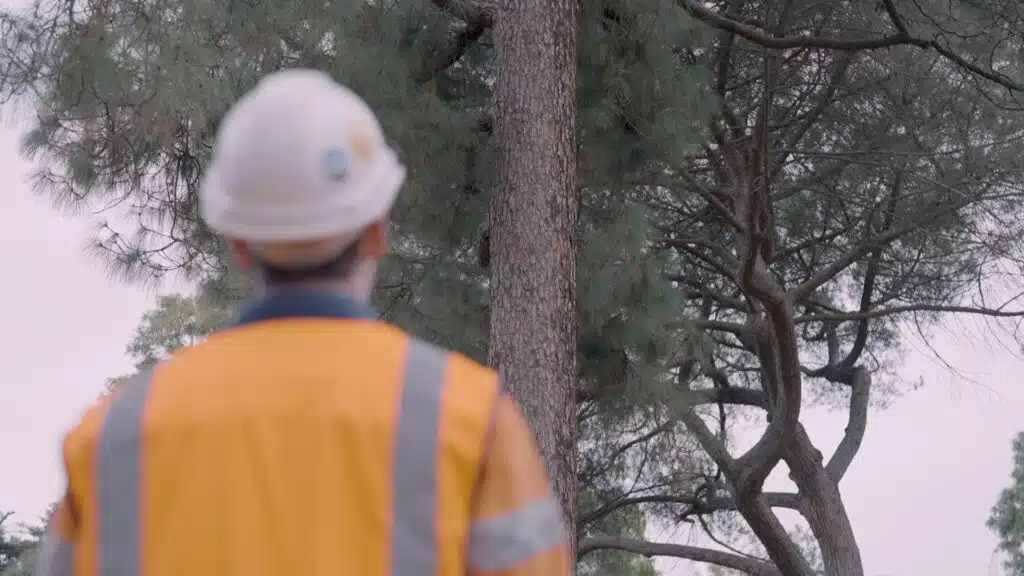
Tree Risk Evaluation in Tree Safety Audits
A careful evaluation, as per the forest audit program, is to check whether the trees pose any risks or not. Sections divide the evaluation of the risk with recommendations for specific conditions.
We conduct tree safety audits using aerial technology which involves an initial assessment of trees using drones or 3D scanners, as necessary. These devices capture detailed images or scans of the trees, especially hard-to-reach areas.
The collected data is analysed to assess tree health and structural integrity, identifying potential risks such as disease or damage. Based on the audit findings, appropriate safety measures are recommended.
A comprehensive report is generated, outlining the audit results and suggested actions for tree management and risk mitigation. This technology-driven approach enhances the accuracy and efficiency of tree safety audits.
Let’s try to understand the 3 key pillars of a tree safety audit as conducted by an arborist.
1. Tree Examination
When planted in the wrong environments or places, many trees pose risks.
On the top of the trees, there might be enough cross or rubbed branches that, without a doubt, lead to weaker spots. This can even lead to breakage of those branches. The better way to stop this is pruning off those spots.
This applies to dead limbs that can fall off even in a slight breeze. To prevent trees from falling, it is necessary to remove them if they are dead or dying. Trees can pose a significant danger, leading to unintended accidents.
2. Trunk Check
Decaying trees can lead to dangerous situations when the bark of the tree hides a greater problem. Arborists strengthen forks and prevent branch growth using cables or braces. Sometimes, cavities form inside the trees and harm them causing further instability. During the tree safety inspection, it is often found that even small cracks can weaken tall trees.
3. Root Check
Root damage is one of the main causes of dead trees. Root injuries or diseases cause over half of tree problems and can be hard to detect in some cases. Seeing the growth of mushrooms near the roots is a sign of root decay.
Arborists take the root samples to check for the presence of organisms. Building near tree roots can cause problems, as is identified in tree safety audits. In such cases, there are chances of cutting down the roots, which affects their support to the main tree trunk.
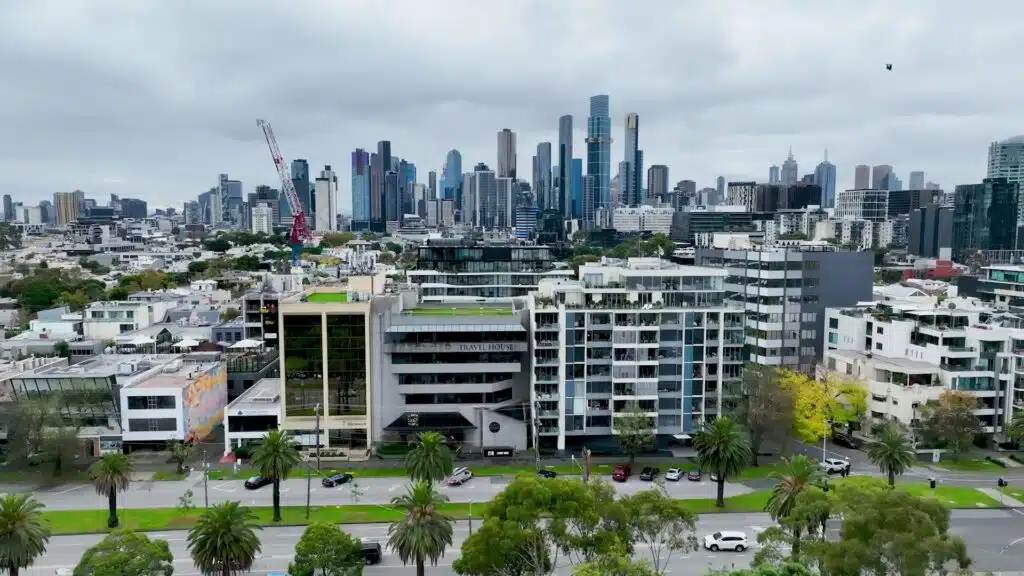
Why do tree risk assessments need arborists?
A skilled person is always a good fit for any role, regardless of potential risks. But, in this case, the assessor must also have experience in this field. Every tree has hidden risk factors when it is vulnerable. A qualified arborist is the best option to do the tree risk assessments. They are qualified with sufficient experience to conduct a competent tree safety audit and report. Arborists use tools like mallets, drills, and sensors to check for internal decay.
Checklist of Tree Safety Inspection
- Establishment of a systematic approach by an arborist to inspect your site
- Avoid trees with known instability issues in busy places where people are present
- Trim trees in younger stages with exact pruning methods
- Stop topping trees
- Make sure trees get enough water during warmer months
- Plant trees that suit the location, climate and environment
- During construction, ensure that you observe tree protection zones around trees.
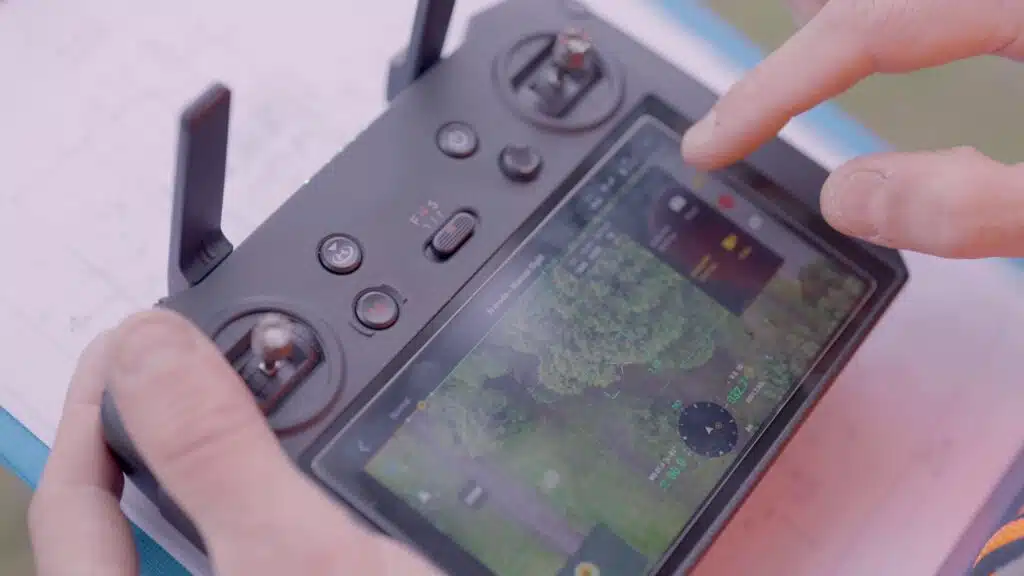
The Bottom Line
When required a tree safety audit is essential for both safety and compliance. The resulting tree safety audit report can safeguard you and your company from prosecution due to accidents or from removing native or valuable species.
By using a tree safety audit to be informed about trees that need remedial action or protection, ensuring a safe space for everyone. With the help of modern technology a wide range of tracking and reporting is possible, thereby improving the effectiveness of arborists and inspection professionals.
Contact Avian to get a comprehensive solution for tree safety inspection and surveying in Australia.
